We started off by trying to achieve the naturally occurring circular blurs that we had seen in the branch picture. To get this we used the lowest aperture setting to get the required shallow depth of field and tried it out during both the day, using natural light, and at night, using artificial lights. We both found that when taking photos in darker lighting it was very hard to get the foreground completely in focus whilst still achieving the perfect blur.
But after a lot of trial and error here are some of our best shots:
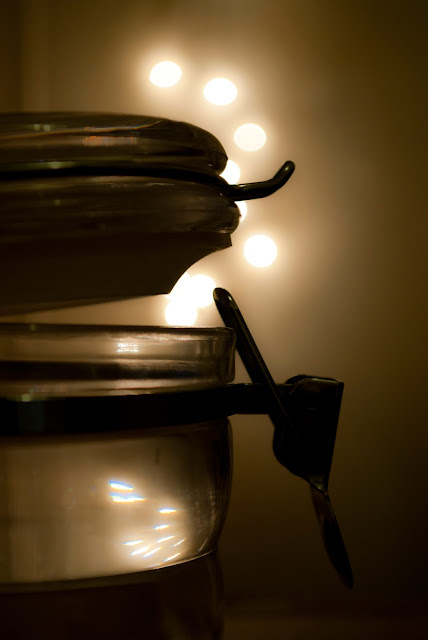 |
- Dan -
f/5.6 1/20s
ISO 200
|
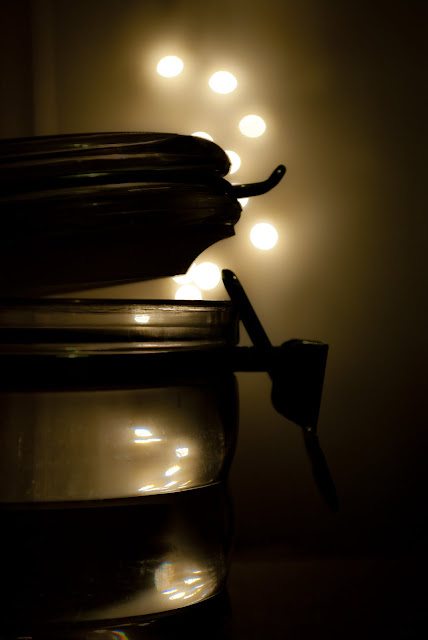 |
- Dan -
f/5.6 1/20s ISO 200 |
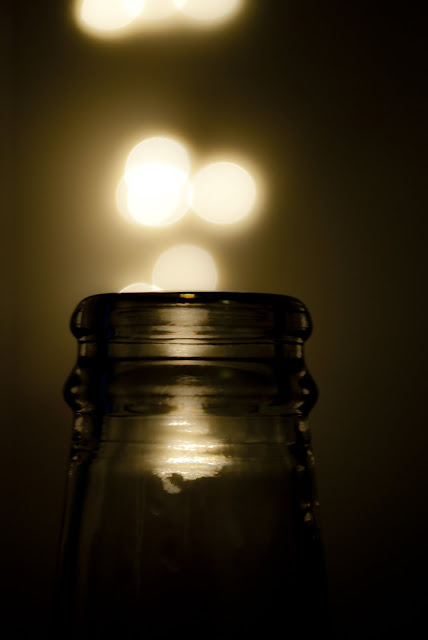 |
- Dan -
f/5.6 1/20s ISO 200
|
- Jenny -
f/5.6 1/250s
ISO 100
This was one of my earlier attempts at having such a shallow depth of field
that you end up with the circular blur in the background. I got the right
depth of field, even managing to capture the small flies hovering above the tulip,
but unfortunately I could not get the 'perfect' blur because of the very dark
background. You can see small circles dotted around, but if I were to try this
again I would wait for more light to reflect of of the leaves in the background
in order to produce more circles in the Bokeh area. |
|
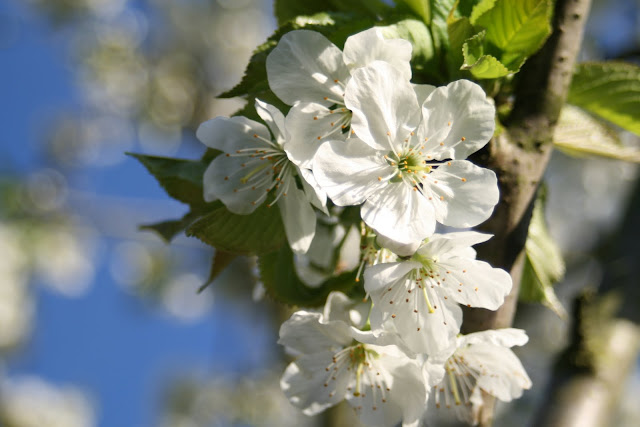 |
- Jenny -
f/5.6 1/250
ISO 100
These two images worked out very well in regards to Bokeh. I think it was a combination of the size of the tree, as the branches in focus are actually very distanced from the blurred branches in the background, and the clear blue sky contrasting with the white flowers. Overall I prefer the photo above as the front flowers are very in focus and large, making it more dramatic. The one below, on the other hand, still looks pretty but the smaller size of the in-focus flowers means that they can get lost amongst the circular blurs. |
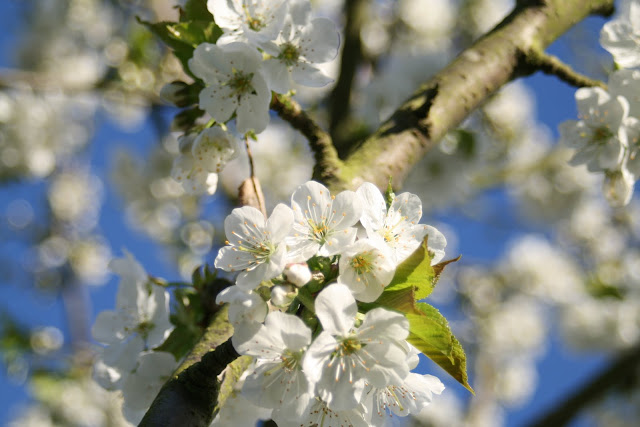 |
- Jenny -
f/5.6 1/250
ISO 100 |






No comments:
Post a Comment